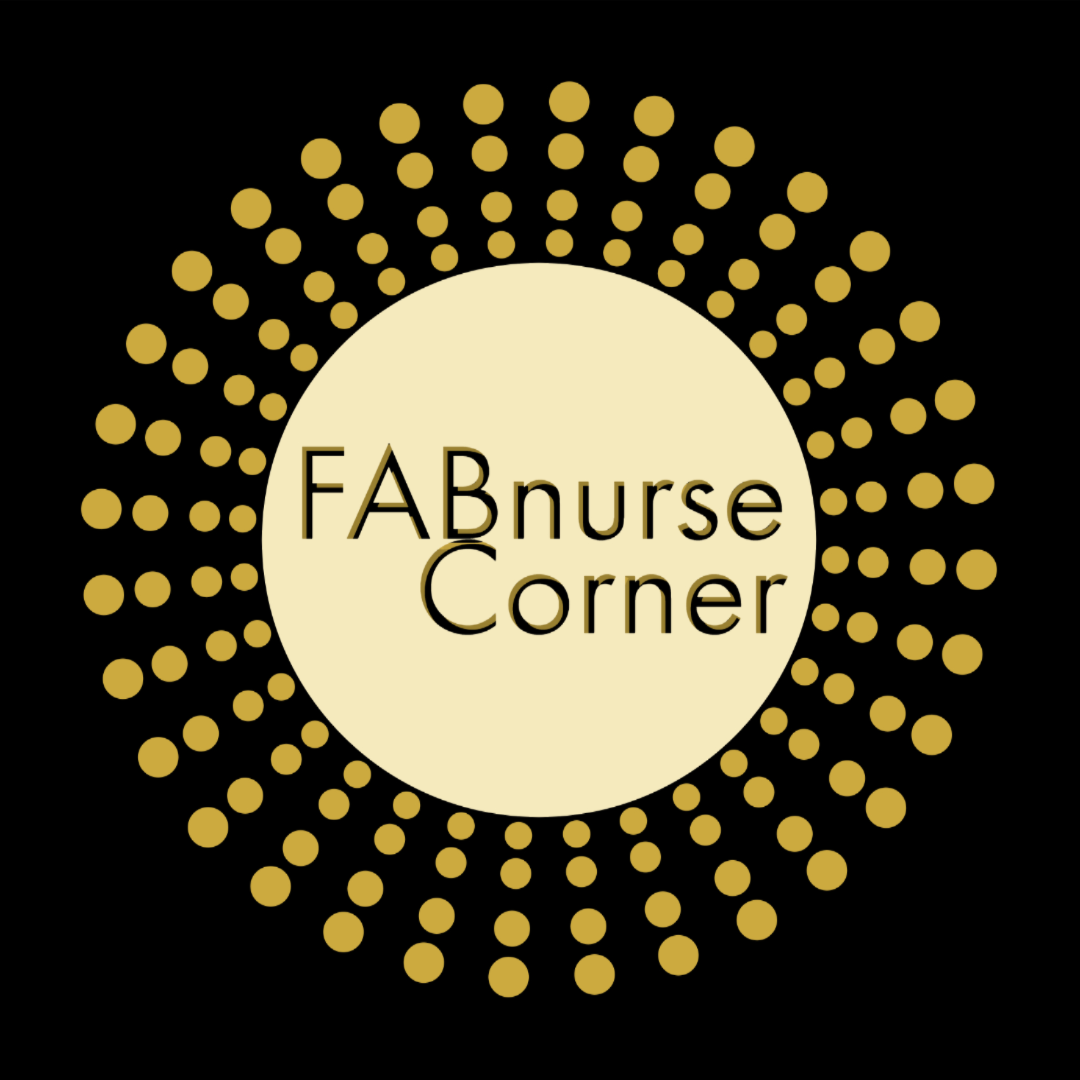Code Status
Code status refers to the level of “medical intervention” a patient wishes to have implemented in the event of a cardiopulmonary arrest. Discussions are sometimes brief, and excludes the necessary elements to promote patient’s autonomy. Code status should be addressed early on, particularly in the outpatient setting, and as well as during the admission process. Frequently, clinicians have a tendency to avoid these discussions due to time constraints, and other factors. However, the lack of effective communication can compromise care, and may lead to needless anguish to patients and their families.
Establishing the patient's desires with respect to resuscitation is extremely important. The challenges encountered by all parties involved in a medical emergency can be daunting. If a cardiopulmonary arrest occurs, there is no opportunity to ask the patient, their wishes, therefore it is imperative that a code status is in place. Individuals should be active participants in their decision making. They may choose to be Full Code or Do Not Resuscitate (DNR), which may also be documented on a form known as a Physician’s Orders for Life Sustaining Treatment (POLST. The POLST form summarizes the patients’ treatment desires in the event of a medical emergency, where the patient is unable to speak for him /herself. Patients may also have an advance directive which is a legal document with varying governing laws from state to state. An advance directive allows individuals to document future medical care, if they are unable to communicate, for reason such as coma, or too ill to speak. Both documents are not set in stone, and patients may revise and update the contents as often as they wish.
Although we may have various biases in regards to code status, such as age, and the patient’s presenting clinical status, the patient’s decision should always be respected. Remember it is not our decision to make. The role as providers is to be respectful, and uphold the wishes of the patients. Nurses play a crucial role in caring for patients, and ensuring that providers carry out the wishes of patients and families. A key component in providing appropriate care, is having a clear understanding of the patient’s wishes and confirming that the patient’s wishes are aligned with the plan of care. Nurses should also seek clarification for ambiguous language, and be familiar with advance directives in place. Finally, continue to advocate on your patient’s behalf and remember that you are, and will always be an integral part in providing high quality patient-centered care.
Stay FAB: Fearless, Affectionate, and Bold

